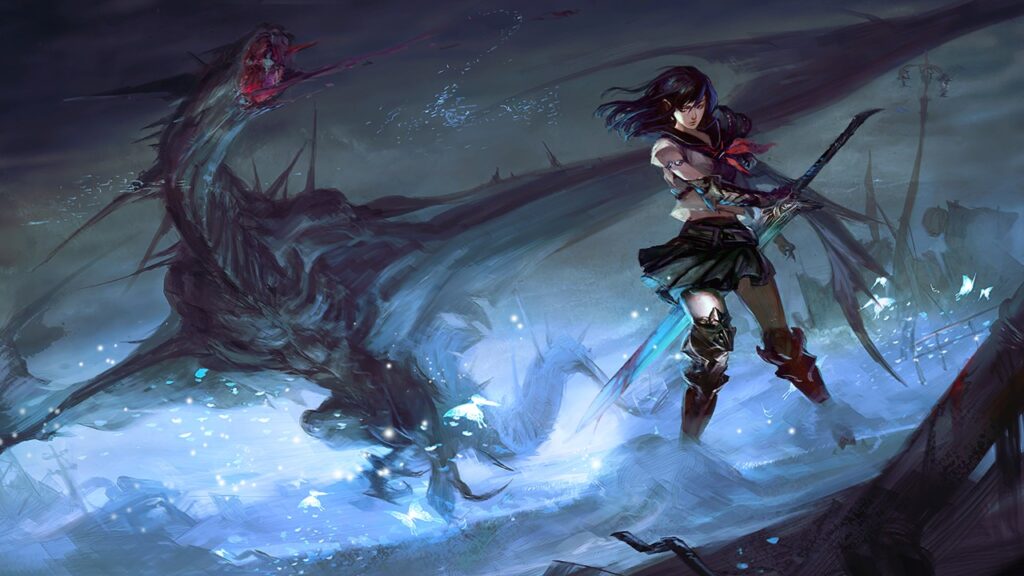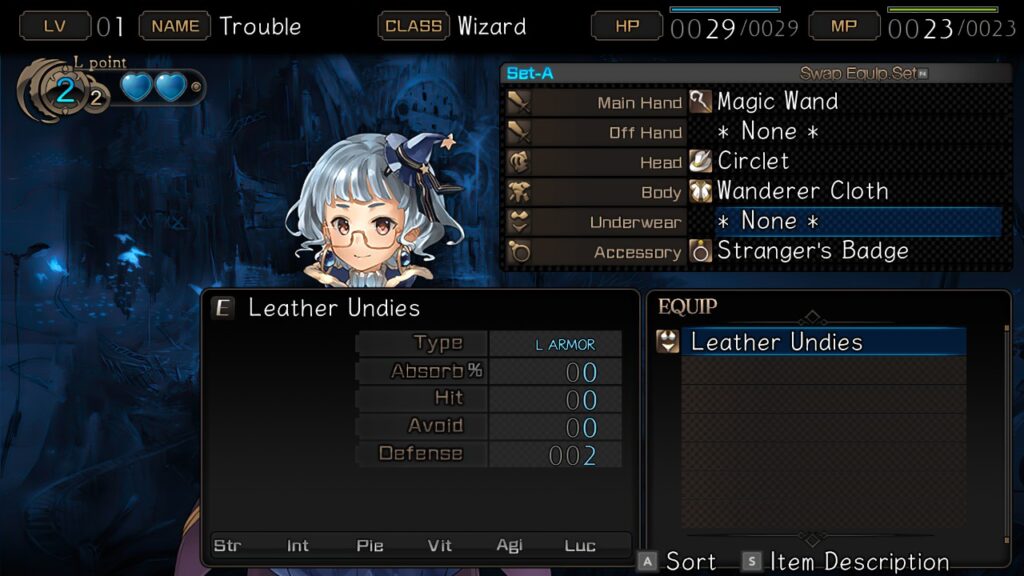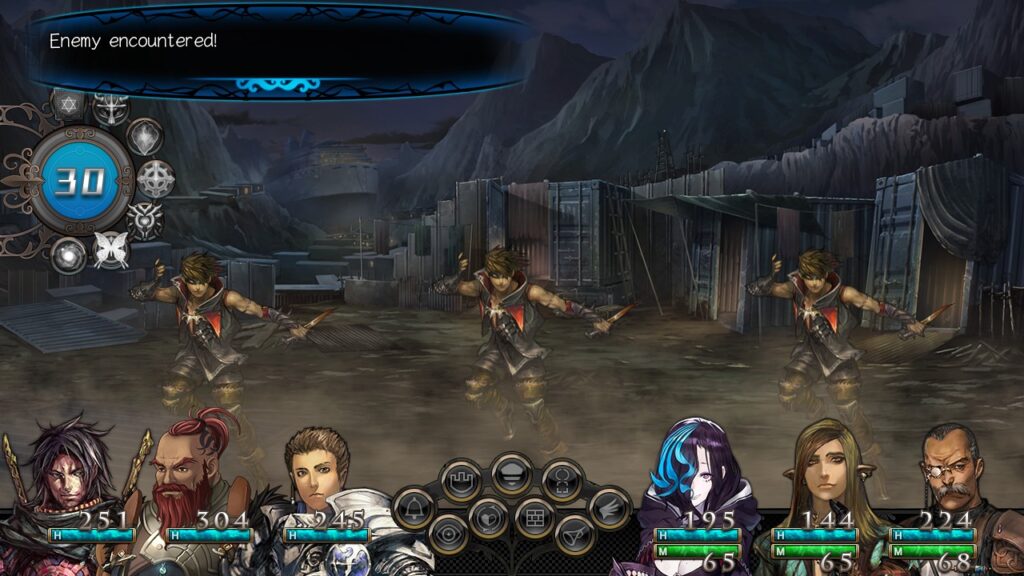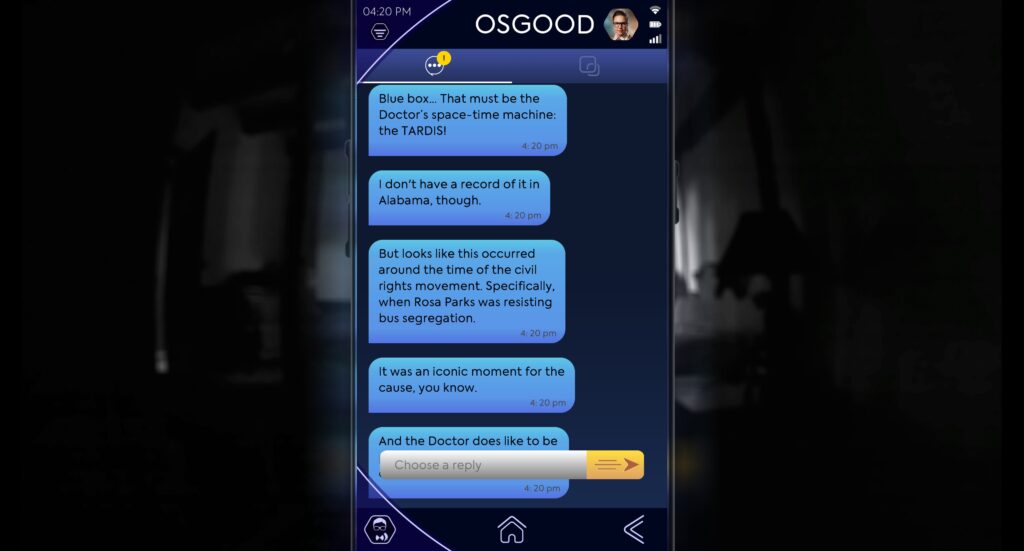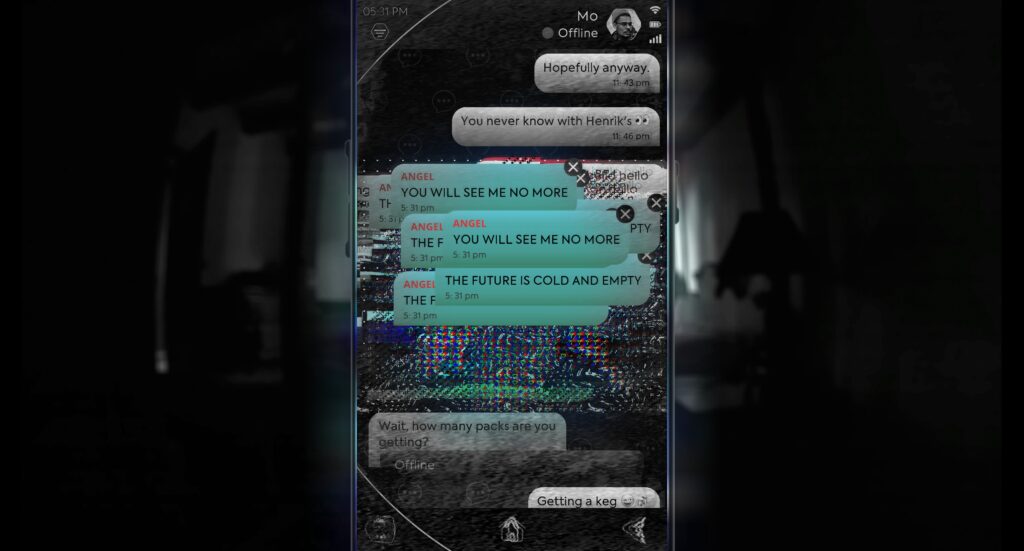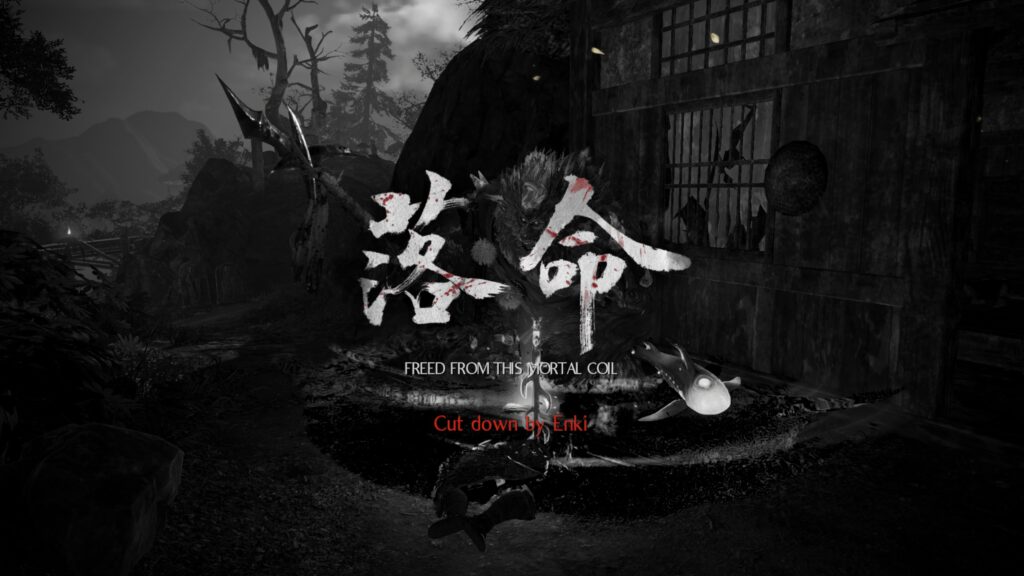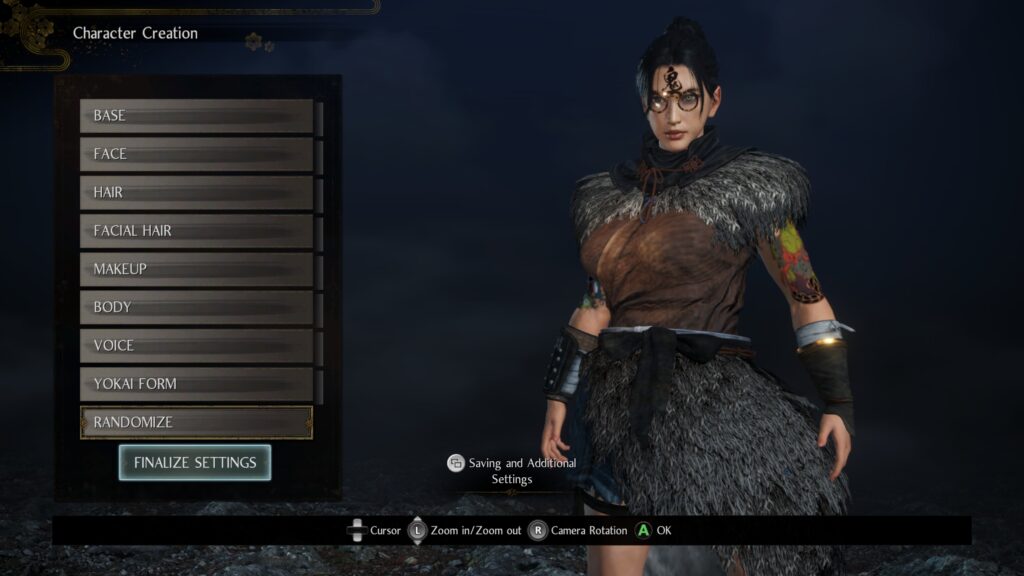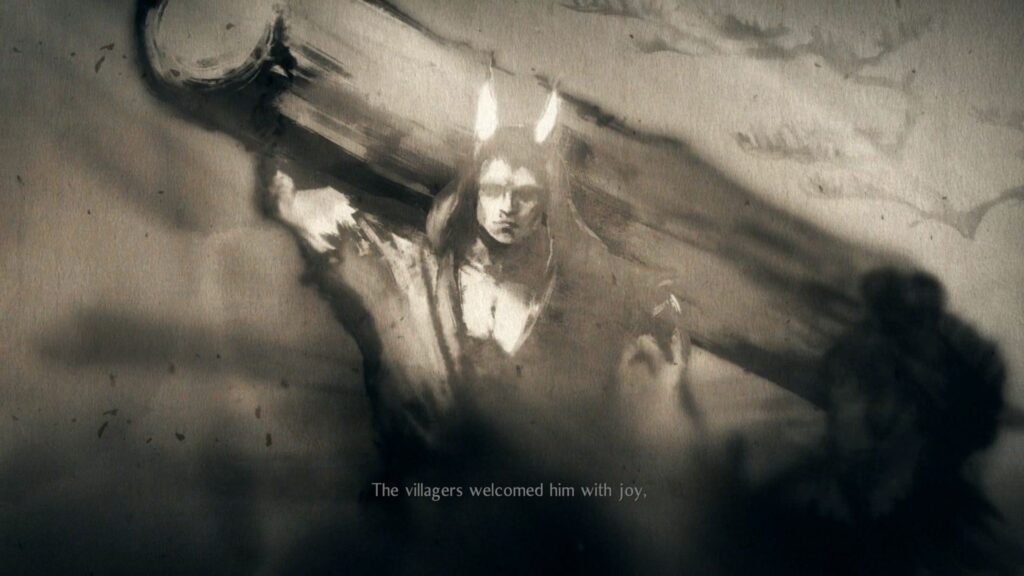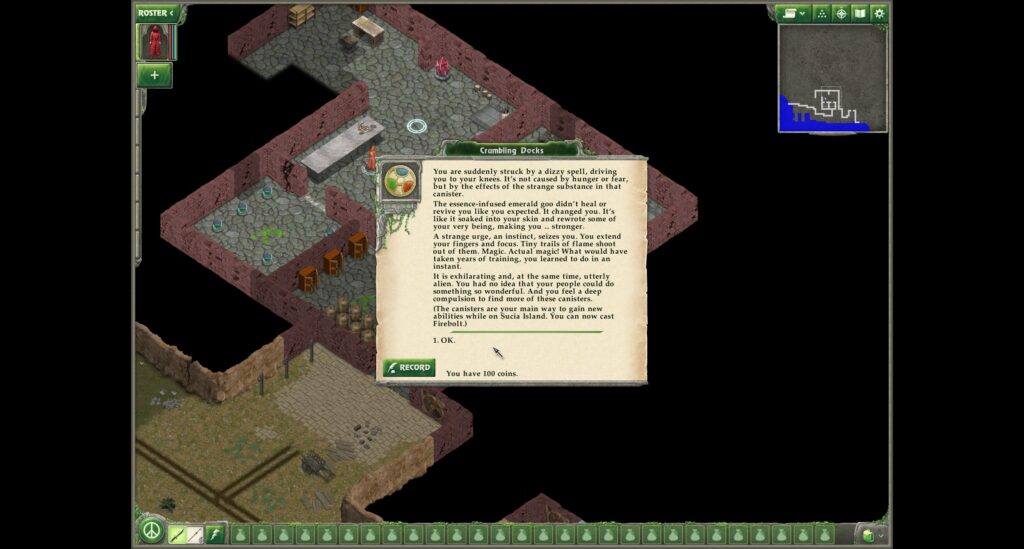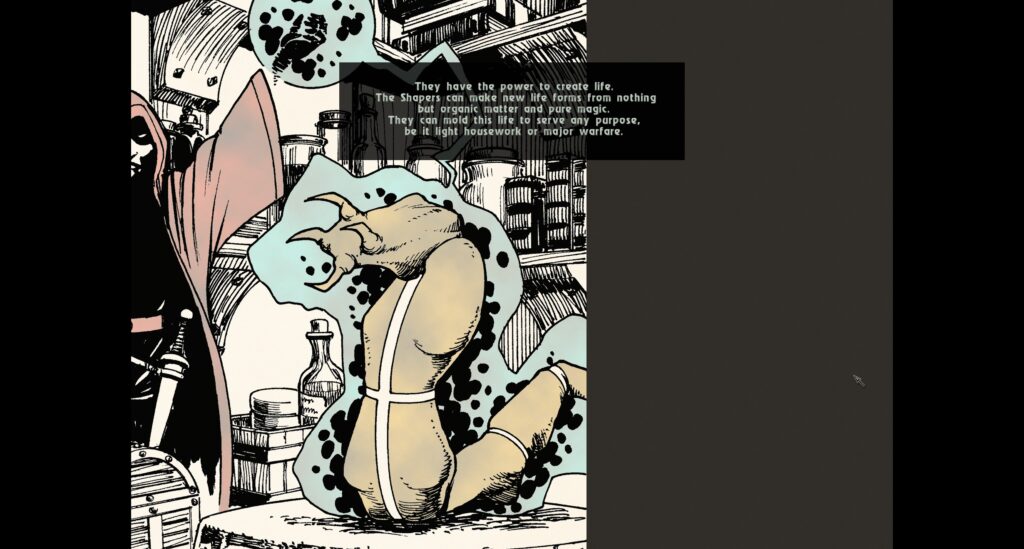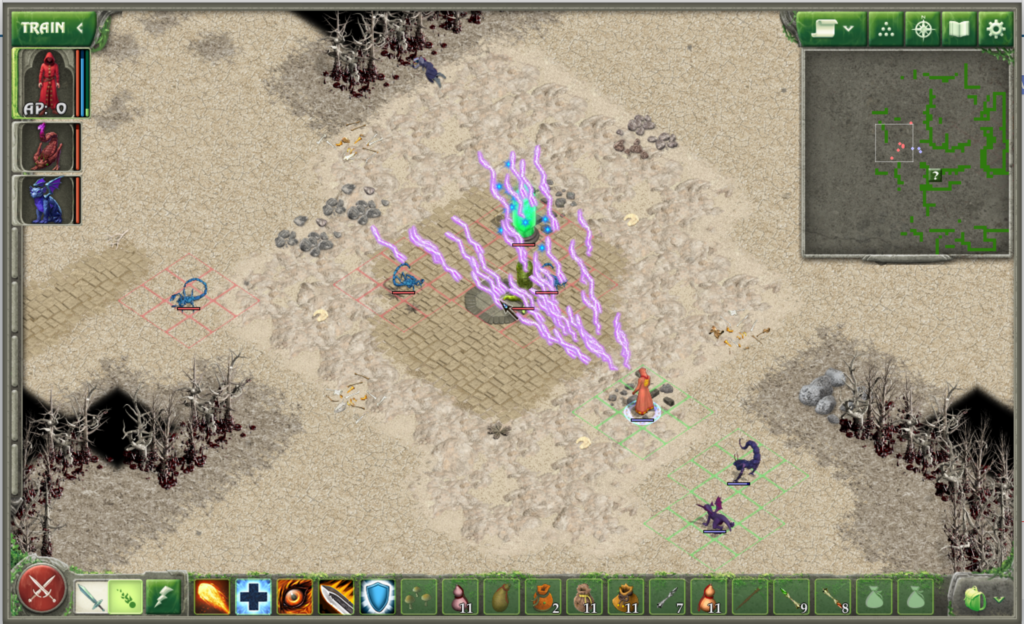Saviours of Sapphire Wings (Review)
Source: Review Copy
Price: £44.99 (Both this and Stranger of Sword City, £9.99 for each of the two soundtracks)
Where To Get It: Steam
On the one hand, this is a twofer with another step based RPG, Stranger of Sword City Revisited, but… Both games are big enough that it would just not be fair to review them together.
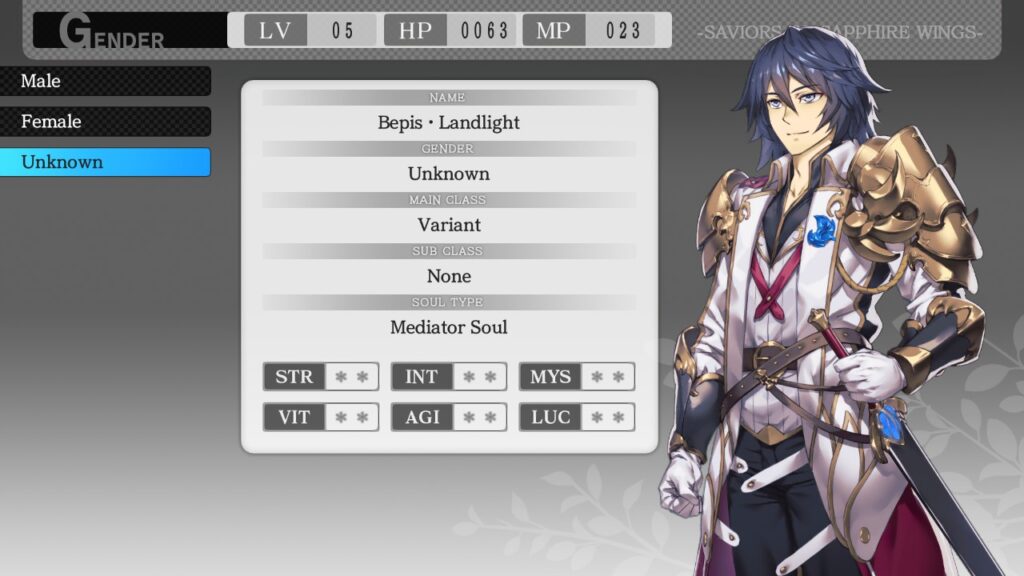
Saviors of Sapphire Wings is a step based, first person JRPG, which is to say, y’all walk one step at a time through areas, dungeons, whatnot, have random encounters with monsters, some not-so-random encounters, and, of course, bosses. Levelling’s pretty slow, so if you want a game that can be consumed in bite sized chunks while still giving a feeling of progress, this… Isn’t it. You will grind, and you won’t be fighting bosses until you’re good and ready. That potential turnoff for folks out of the way, let’s get on with the meat and potatoes.
After all, there’s another reason that it wouldn’t be fair to review this with its companion: The two have major differences between them. In Saviors of Sapphire Wings, you are the reincarnation of the greatest knight of the round table (of this world), who fell in the final battle with the demon lord. Whoops.
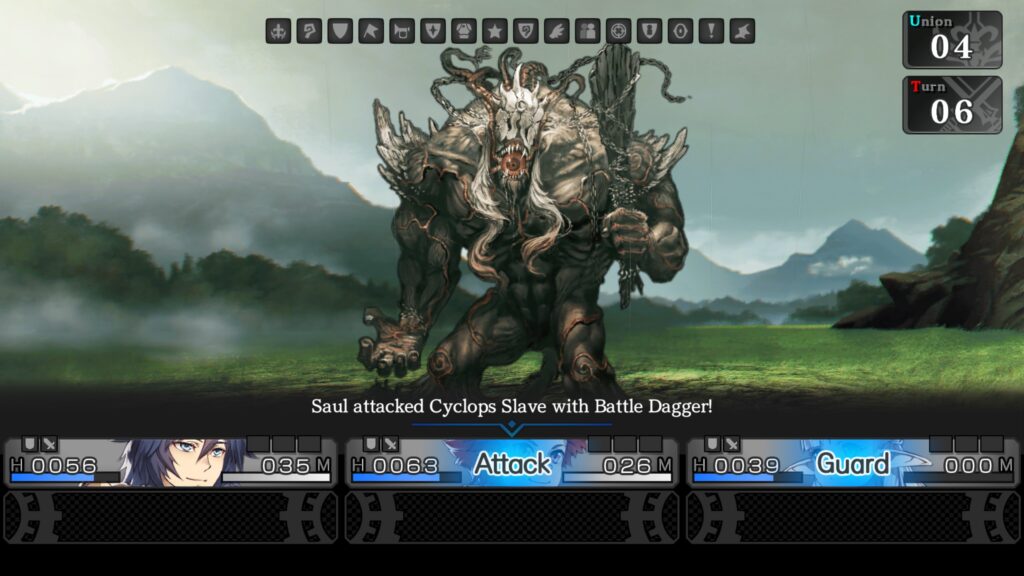
But you’re reincarnated now, and, over the course of the early game, recruit two new members. A priestess and a warrior. More will join your ranks, but bonds of trust must be built up, by talking to them and counselling wisely, feeding them, and winning battles with them, a bond of blood. The more powerful that bond, the more powerful they will become. And, naturally, y’know… Demon Lord, gotta be pretty damn powerful to get up to that level from nothing.
So there’s less character creation in Sapphire Wings, although this is definitely not to say none. But there are no character switching shenanigans, the people you join with are set in stone. But honestly, they provide such a nice balance this early on, it’s not a hassle. Stat increases are still relatively minimal, skills largely fixed… But it simplifies things, allowing you to concentrate on enemies.
Some enemies will feel very familiar because, uhhh… They are. Does this make it worse? Nah, it means if you’re playing both games, you know relatively what to expect. The big ol’ scythebugs are weak to fire, these enemies are weak to wind, most mob type characters can summon other mob type characters, which is something to consider when you’re low on HP or trying to grind… It works.
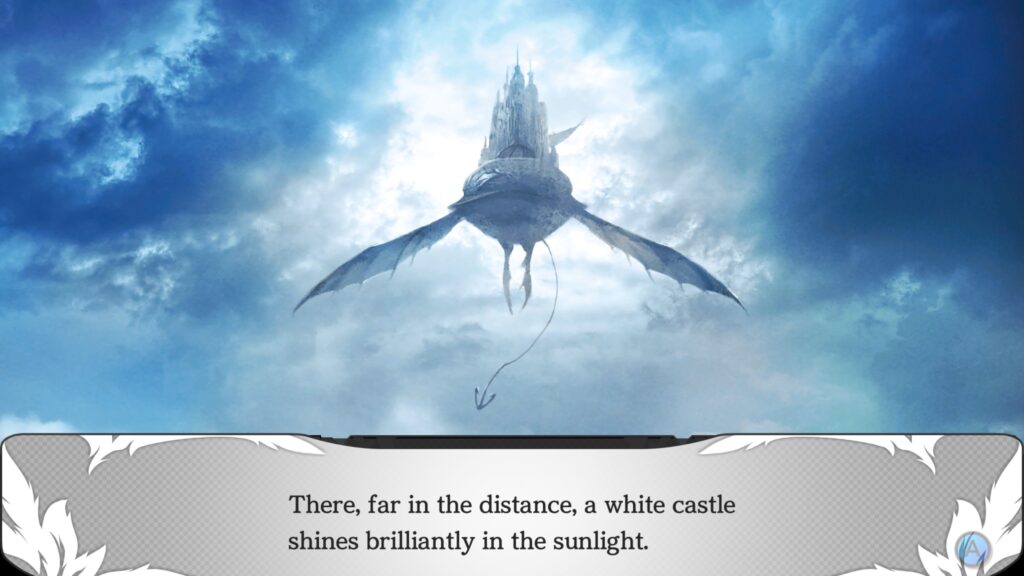
Aesthetically… Yup, artwork’s pretty good, music’s good, sound is okay, everything’s clear, we’re all good, great character artwork… It works, and this is good.
Like with Sword City, there’s a lot I could mention. A lot. But I will say that the story is good, you’re getting Sword City along with this (also reviewed this month), and if you know and are cool with the time demands a JRPG like this wants, then yes, this is a solid choice.
I am not the heroic type. But I do admit, slaughtering the real monsters is a satisfying experience.

